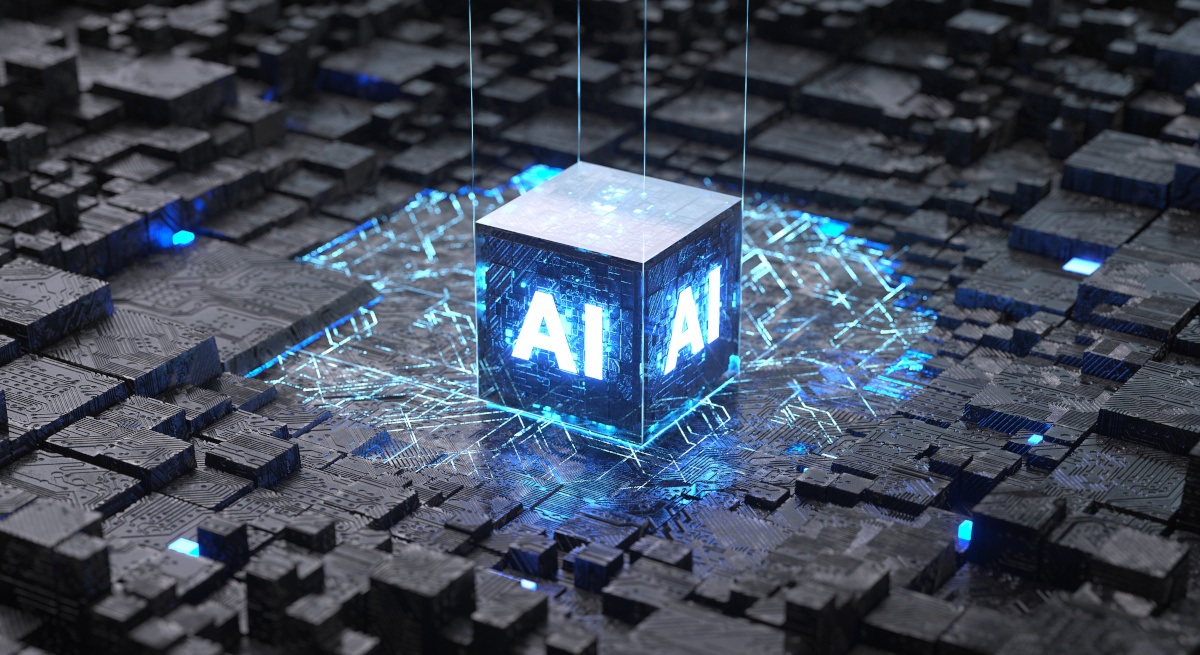
The series of reports examined the impact AI will have on the Irish economy and labour market, indicating, the extent to which jobs will be affected depends on how well the strengths of AI and humans can complement each other.
The Irish Government has released a series of three reports entitled ‘Artificial Intelligence: Friend or Foe’, underpinning the impact of AI on the economy and labour market. The report made evident the uncertainty around the long-term implications of AI, highlighting results may depend on the compatibility of human and AI strong points.
The documents, which were compiled by the Department of Finance and the Department of Enterprise, Trade and Employment, provide significant insight into the macroeconomics of AI adoption, the occupations most exposed to AI and the role of public policy.
Macroeconomics
The report acknowledged that technological progress is not new, but the pace at which technology such as AI is evolving, is. If the current technological movement is to mimic previous waves “benefits, in the form of higher productivity and living standards”, could be significant.
“Much of the emerging analysis involves an assessment of the macroeconomic impacts of AI via ‘scenario analysis’”, reflecting the fact that AI adoption is at an early stage, thereby limiting the availability of real-world empirical data.
There is considerable uncertainty around the long-term effect, with some studies expecting a sizable impact on economic growth and others pointing to a more subdued outcome, in line with previous waves of technological innovation.
In some scenarios, the report indicates that AI is associated with a positive levelling out of income distribution and a return to skilled and unskilled labour, however, additional hypotheses conclude that “these technologies could exacerbate income differentials”.
AI exposure
Categorised into four separate groups, based on level of AI exposure and complementarity, the report found that 72 (30pc) occupations have a higher level of AI exposure, have less AI complementing strengths and are therefore “at-risk”of being substituted by AI applications.
Alternatively, 33pc of employment was found to be in occupations where AI is likely to be beneficial and boost productivity, for example, those in managerial, directorial and senior official positions.
Data from the report also indicated a bias towards women and people from lower income households. Women were found to be employed within high risk roles, such as administration and customer service far more frequently than their male counterparts.
Whereas figures determined men are better represented in industries less exposed to AI intervention, such as the agricultural and construction sectors. Early analytics also showed a correlation between AI exposure and income, suggesting people who earn a higher salary stand to benefit more from the increased adoption of AI.
Unsurprisingly, geography also came into play, as urban areas widely regarded as strong technological hubs, such as Dublin, Cork and Galway city, were recorded as having a higher level of AI exposure, in comparison to rural, agriculture prone areas, like Cavan, Monaghan and Tipperary.
On a broader scale, the report showed that Ireland is “marginally more exposed to AI than the advanced economic average, at 63pc versus 60pc”.
Public policy
The report also made clear the importance of taking advantage of technological benefits to minimise disruptive costs, without creating a digital divide or compromising other policy objectives.
Research shows the extent of AI’s impact on the Irish economy in the medium to long-run “will depend on a variety of economic, social and policy factors, including levels of AI regulation”, meaning policy makers will have to ensure that barriers to AI adoption, that could potentially lead to an unequal two-tier labour market, are eliminated.
Additionally, policies have the capacity to influence the balance of investment between “labour-augmenting and labour-replacing technology, therefore strong social safety nets and public finances will have to be in order, to facilitate the necessary structural changes.
The report indicated the transformative impact of AI on Ireland’s economy and labour market has the potential to move far beyond just the consideration of the number of people working in different occupations or labour productivity. There likely will be widespread consequences for the education and training systems, public finances and measures of inequality and social exclusion.
Public policy will play a critical role in navigating challenges, but a number of questions remain, for example, “is it possible to currently identify which AI applications are likely to be labour-augmenting or labour replacing and if so, is there a role for policy in incentivising investment in labour augmenting, as opposed to labour-replacing, AI technology”?
In terms of policy, what options will there be to support vulnerable socio-economic groups, whose employment is more likely to be threatened by the increased adoption of AI?
According to the report, as soon as policy makers can engage with and discuss the most pressing themes, “the better placed the economy will be to maximise the benefits and minimise the risks, whether economic or otherwise, from AI”.
Find out how emerging tech trends are transforming tomorrow with our new podcast, Future Human: The Series. Listen now on Spotify, on Apple or wherever you get your podcasts.

